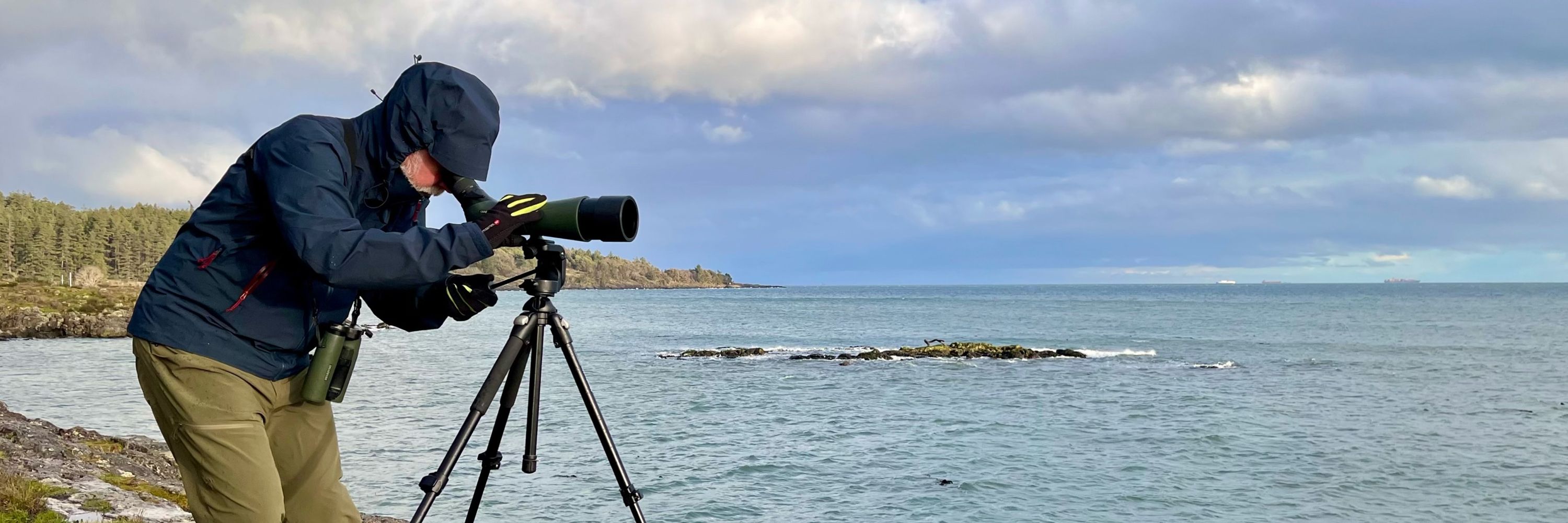@globalbirder.bsky.social
1.6K followers
250 following
820 posts
Global birdwatcher and professional wildlife biologist. Posting my bird photos (and occasionally non-bird photos), sharing birding travel stories, and other fun bird stuff. 🦜🦉🦩🪶
Follow on IG: @global.birder
Posts
Media
Videos
Starter Packs
Pinned

















